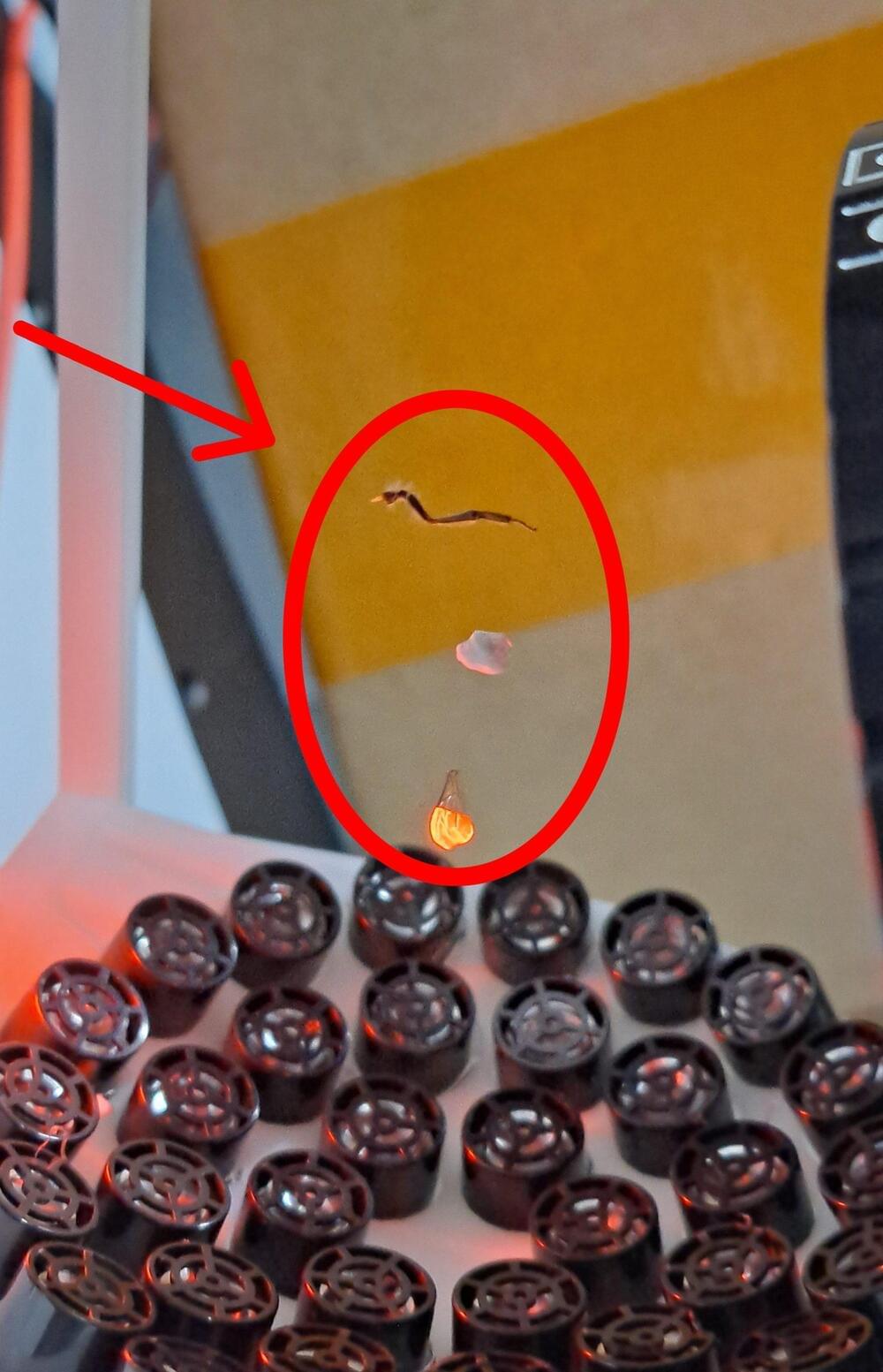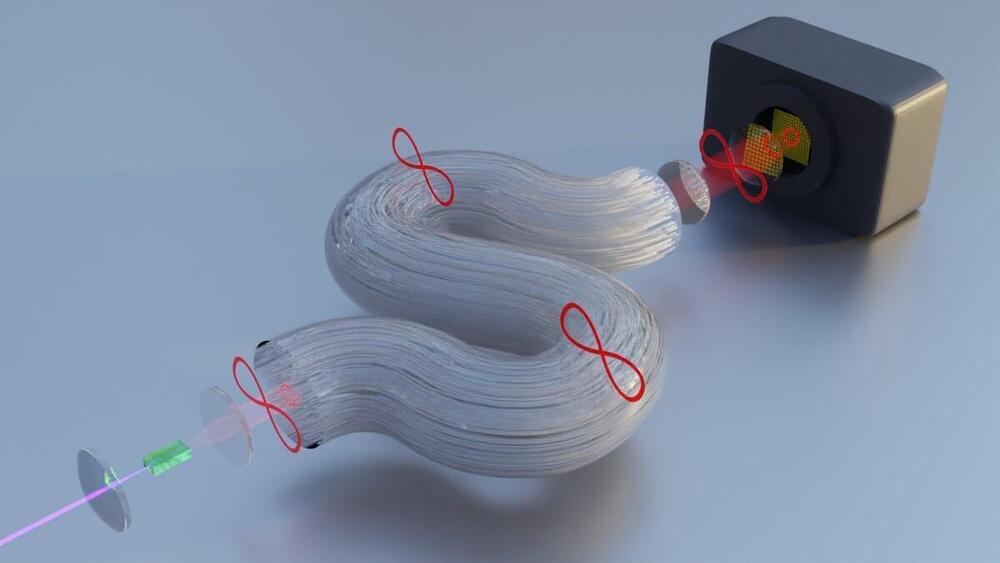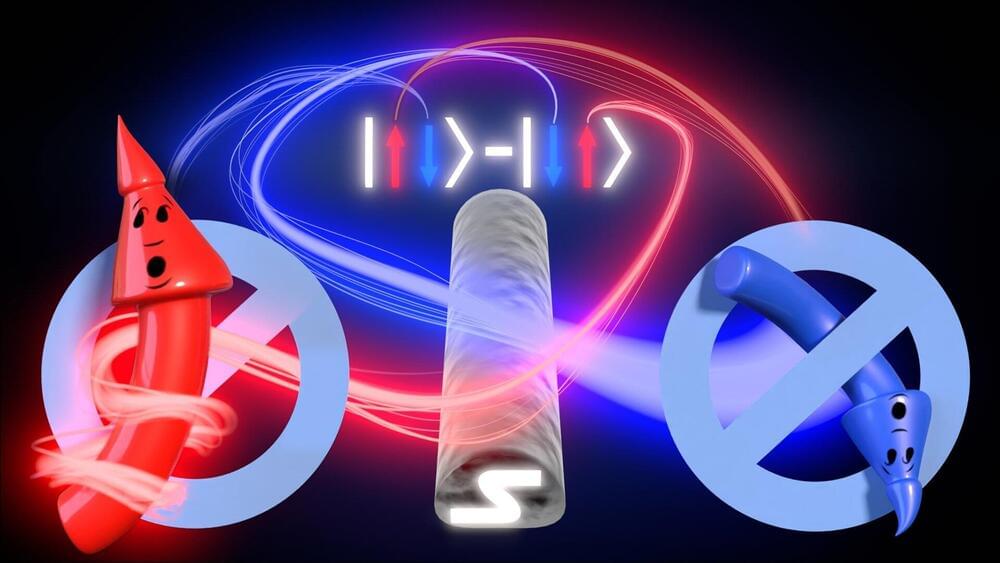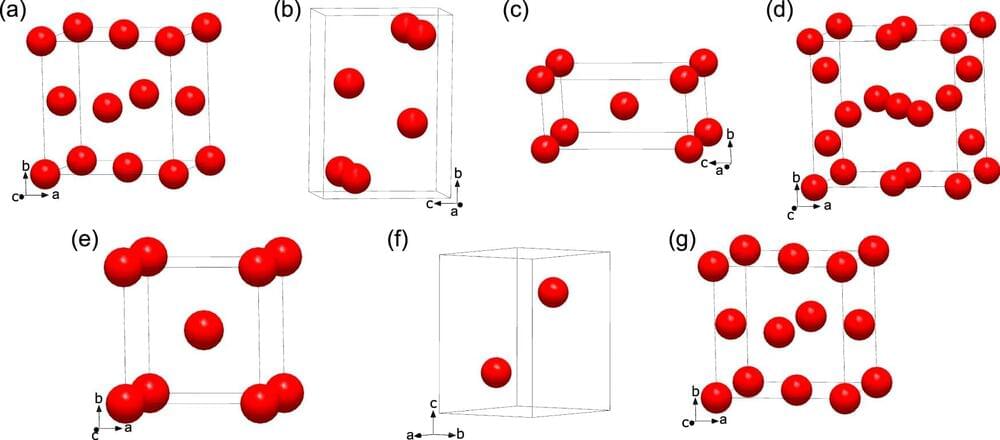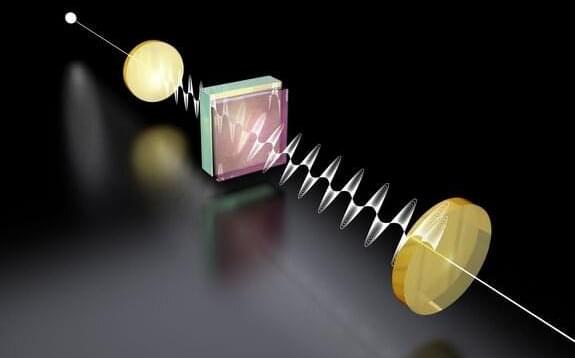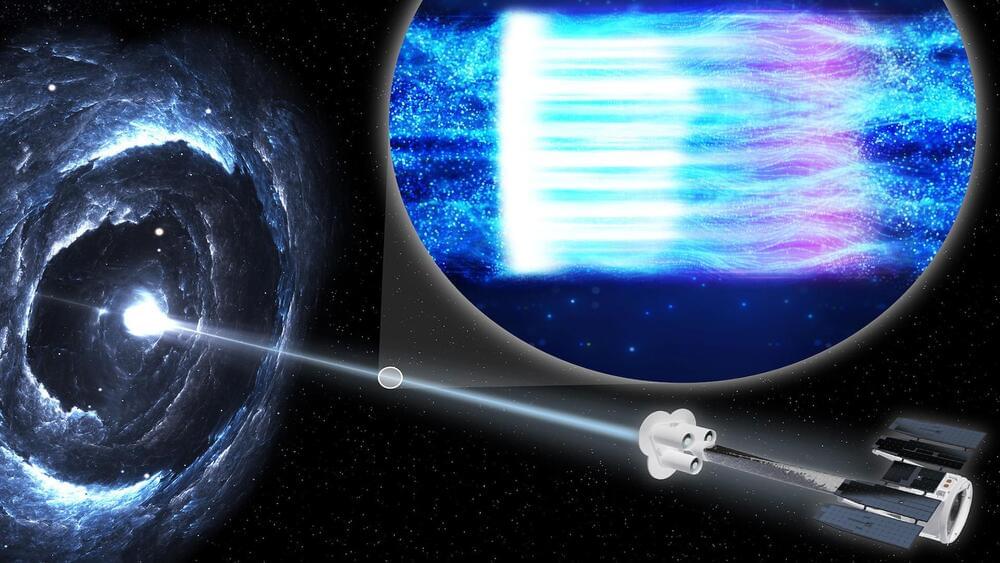Sound waves, like an invisible pair of tweezers, can be used to levitate small objects in the air. Although DIY acoustic levitation kits are readily available online, the technology has important applications in both research and industry, including the manipulation of delicate materials like biological cells.
Researchers at the University of Technology Sydney (UTS) and the University of New South Wales (UNSW) have recently demonstrated that in order to precisely control a particle using ultrasonic waves, it is necessary to take into account both the shape of the particle and how this affects the acoustic field. Their findings were recently published in the journal Physical Review Letters.
Sound levitation happens when sound waves interact and form a standing wave with nodes that can ‘trap’ a particle. Gorkov’s core theory of acoustophoresis, the current mathematical foundation for acoustic levitation, makes the assumption that the particle being trapped is a sphere.
